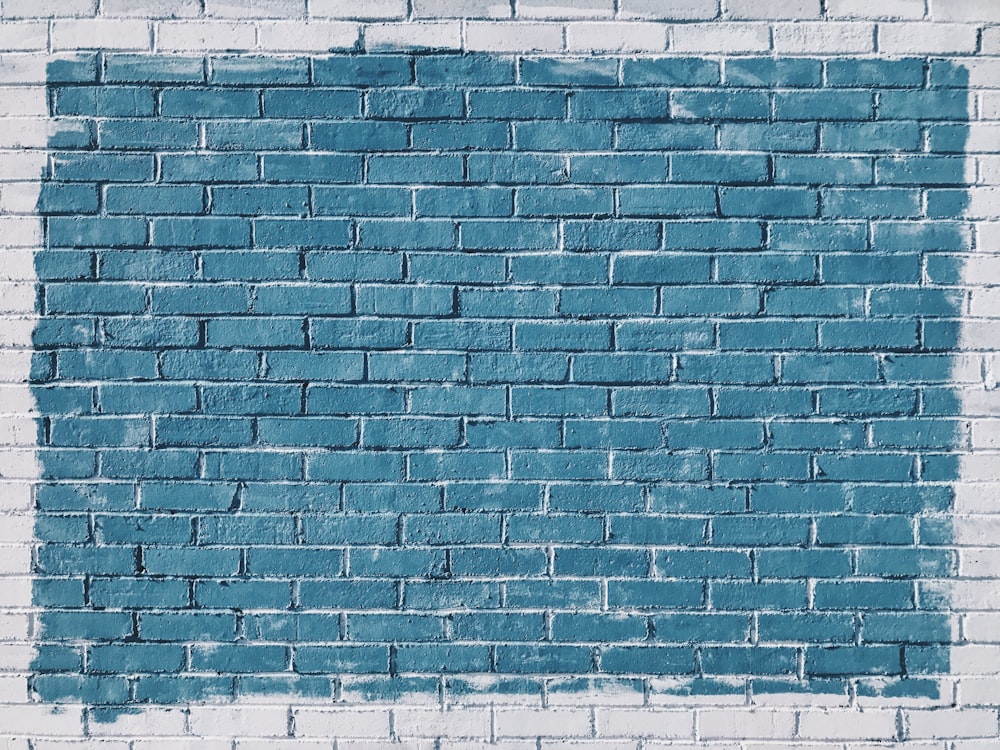
Harmonious Abodes Asian Zen Interior Design Trends
Harmonious Abodes: Asian Zen Interior Design Trends
In the realm of interior design, trends ebb and flow like the tides, each year bringing new inspirations and aesthetics to the forefront. One enduring style that continues to captivate homeowners and designers alike is Asian Zen interior design. Rooted in ancient philosophies and the principles of balance and harmony, Asian Zen interiors offer a serene and peaceful escape from the hustle and bustle of modern life.
Natural Elements as Centerpieces
At the heart of Asian Zen interior design trends lies a deep appreciation for nature. This trend embraces the use of natural elements as central features within a space. From bamboo flooring to stone accents, the incorporation of these elements brings a sense of grounding and tranquility to any room. The gentle flow of water features, such as indoor fountains or small cascading waterfalls, adds a soothing ambiance that mimics the peacefulness of a flowing stream.
Simplicity in Design
One of the most striking aspects of Asian Zen interior design is its commitment to simplicity. This trend eschews clutter and excess in favor of clean lines and minimalistic spaces. Furniture pieces are often low to the ground, creating an open and airy feel within a room. The color palette tends to be soft and neutral, with shades of white, beige, and muted earth tones dominating the landscape. This simplicity not only creates a visually appealing aesthetic but also fosters a sense of calm and serenity.
Balancing Yin and Yang
Central to the philosophy of Asian Zen interior design is the concept of yin and yang – the balance of opposing forces. This principle is reflected in the design elements of a space, where contrasting textures and materials come together harmoniously. Smooth, polished surfaces may be juxtaposed with rough, natural textures. Soft fabrics like silk or linen can be paired with harder materials such as wood or metal. This balance creates a dynamic yet peaceful environment that promotes a sense of equilibrium.
Meditation Spaces for Mindfulness
In today’s fast-paced world, the need for moments of quiet reflection and mindfulness is more important than ever. Asian Zen interior design trends recognize this need by incorporating dedicated meditation spaces within the home. These serene corners often feature comfortable floor cushions or low seating, surrounded by elements of nature such as potted plants or small bonsai trees. Soft, diffused lighting and the gentle sound of wind chimes or soft music create an atmosphere conducive to meditation and relaxation.
Bringing the Outdoors In
Another notable trend in Asian Zen interior design is the blurring of boundaries between indoor and outdoor spaces. Large windows or sliding glass doors open up living areas to views of nature, whether it be a lush garden, tranquil pond, or sweeping landscape. This connection to the outdoors not only enhances the visual appeal of a space but also promotes a sense of harmony with the natural world. Indoor gardens or small Zen rock gardens further reinforce this connection, bringing elements of nature directly

